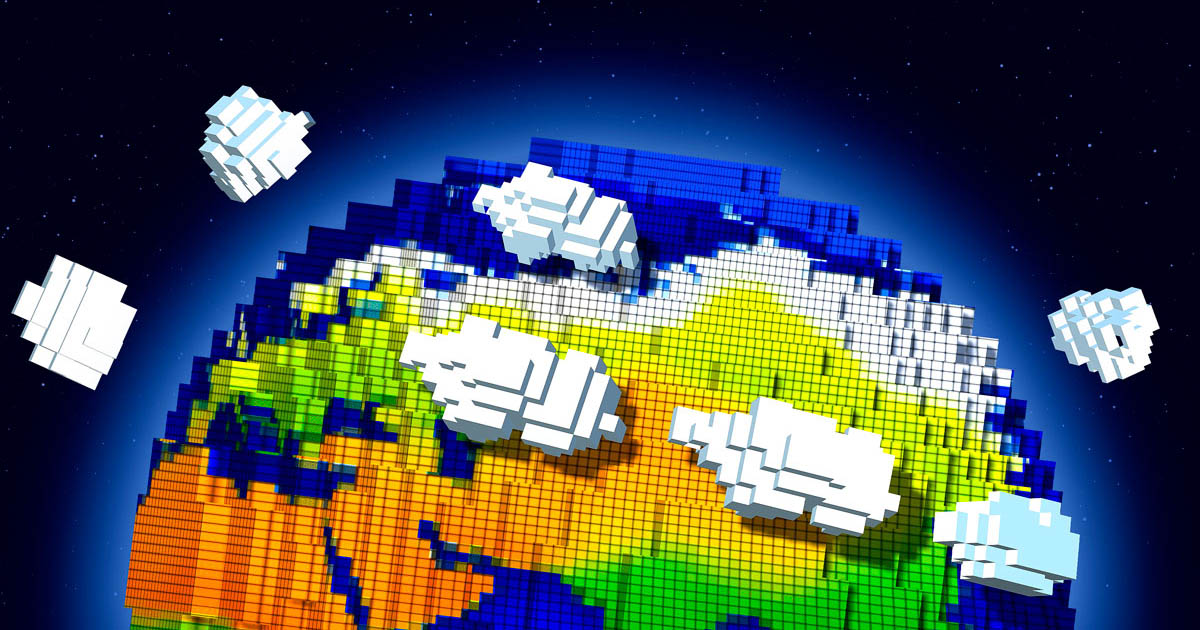Scientists have made a startling discovery that may debunk global warming at Earth’s ‘most dangerous glacier,’ sending climate change deniers into celebration.
Based on a surprising photo taken by the International Space Station (ISS) in 2023, researchers from around the world have concluded that three glaciers in Asia‘s Karakoram mountain range have been gaining ice and merging.
The NASA image revealed that the Lolofond and Teram Shehr glaciers have been slowly merging with the Siachen glacier near the borders of India, Pakistan, China, and Afghanistan.
The region has long been referred to as the world’s most dangerous glacier range due to the ongoing conflict between India and Pakistan, with both nations positioning troops on their side of the glaciers since 1984.
Long before the photo was revealed, scientists had called the unexplained ice gains the ‘Karakoram anomaly,’ since many climate studies have found that most glaciers worldwide are losing mass due to rising temperatures.
However, this is the second major glacier location to see more ice being formed in recent years.
In May, researchers in Shanghai discovered that Antarctica started to reverse its decades-long trend of catastrophic melting and has seen record amounts of ice forming since 2021.
The latest development from Karakoram has set off climate deniers on social media, who have continued to claim that the alarmism over global warming has been nothing more than a hoax.

A 2023 NASA image revealed that the Lolofond (left) and Teram Shehr (right) glaciers have been slowly merging with the Siachen glacier (center)

The glaciers are in Asia’s Karakoram mountain range along the borders of India, Pakistan, China, and Afghanistan
‘UH oh, Democrats. Are we back to a new Ice Age?’ one person joked on X, referring to Democrat-led climate bills in Congress.
‘This anomaly has baffled scientists for years, no doubt upsetting #ClimateChange fanatics,’ another person posted.
To the climate deniers’ point, scientists studying the Karakoram anomaly since the 1990s still haven’t been able to pin down a clear reason why more ice has been forming and the glaciers are merging.
One possible explanation could be that favorable weather patterns in the region have kept the ice from melting. That includes seeing cooler summers and more snow in the winter.
A 2022 study in the Journal of Climate found that wintertime precipitation intensity (snow) in the Karakoram range rose by roughly 10 percent between 1980 and 2019.
However, a 2023 study in Earth System Science Data claimed that the phenomenon likely wouldn’t last due to rising global temperatures countering this short stretch of cold weather.
‘This may indicate a weakening of the abnormal behavior of glaciers in the Karakoram owing to the continuous warming,’ the researchers said.
Despite the latest climate findings, the region has continued to show signs of unusual ice growth that have left geologists and climatologists stumped.

Karakoram mountain range is home to the second-highest mountain in the world, K2

This map from a 2023 study in Earth System Science Data revealed the distribution of Karakoram glaciers
Another theory, posed by geology professor Kenneth Hewitt of Wilfrid Laurier University in Canada, suggested that thick layers of dust and debris could be keeping the ice underneath from melting in the sun like other glaciers.
His 2005 paper in the journal Mountain Research and Development found that less than two inches of debris from local avalanches and rockfalls over the centuries would be enough to start protecting the ice from melting.
However, researchers from the National Snow and Ice Data Center in Colorado shot this theory down, noting that if the Karakoram anomaly only started in the 1990s, as studies show, something else would need to spark this trend besides centuries of dust.
Siachen has been the world’s second-longest glacier outside of Greenland and Antarctica.
NASA scientists have measured it to be around 47 miles long and 2.2 miles in width.
Sitting near K2, the world’s second-highest mountain, the Siachen glacier’s peak starts around 19,000 feet above sea level and descends to around 11,800 feet.
The photo released by NASA also highlighted the dark-colored moraines, which are parallel bands formed from rock and dust wedged between the glaciers as they merge.
These layers were particularly noticeable around the Teram Shehr glacier as it smashes into the Siachen glacier from the right side.

Siachen glacier is one of the world’s largest outside of Greenland and Antarctica, measuring around 47 miles long

The photo revealed how a huge moraine (dark-colored band on the right) of trapped dust and rock has been wedged between the Siachen and Teram Shehr glaciers
As scientists struggle to answer the question of why more ice is growing in this disputed part of Asia, the mystery has given skeptics of climate science even more evidence to use against so-called ‘climate alarmists.’
University of Cambridge professor Mike Hulme told DailyMail.com in 2023 that climate alarmists have created tremendous distrust and ill will among the public by blaming almost all of society’s issues on the climate emergency.
‘Climate change is cited as the sole explanation for everything going wrong in the world. Drought, famine, flooding, wars, racism – you name it. And if it’s bad, it’s down to global warming caused by humans,’ Professor Hulme said.
‘I disagree with the doom-mongers. Climate change is not like a comet approaching Earth. There is no good scientific or historical evidence that it will lead to human extinction or the collapse of human civilization,’ the professor of human geography added.
Source link

